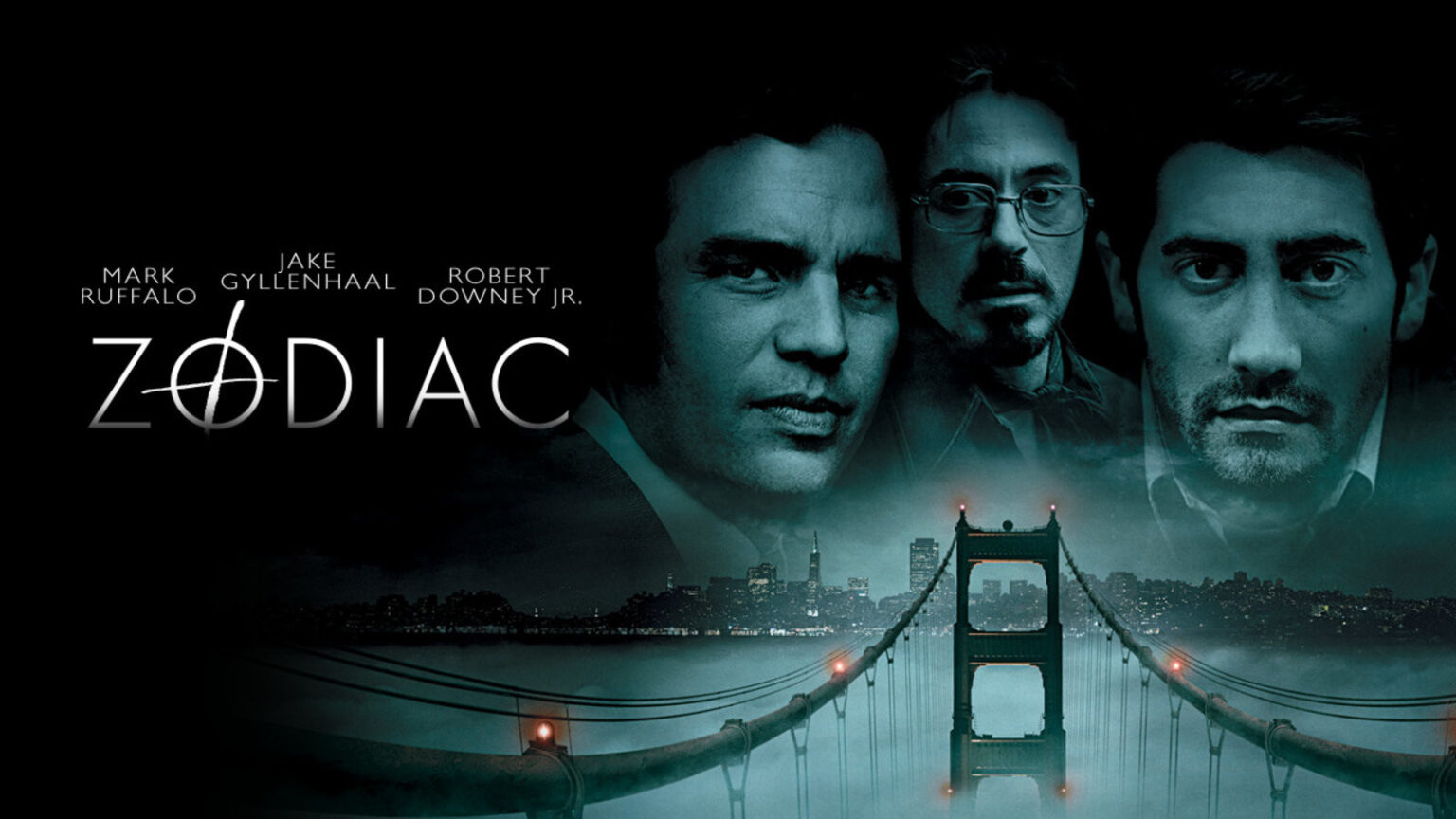
How ‘Zodiac’ nails the story of the Zodiac Killer
In 2007, a film came out that perfectly captured the terror of 1960s San Francisco. A series of murders that still remain unsolved to this day were tied to a mysterious figure: the Zodiac Killer. This serial killer taunted the press with letters and his own sigil. While his identity was speculated on, he was never caught.
David Fincher brought the Zodiac Killer’s story to life in 2007 with his film Zodiac, starring Jake Gyllenhaal, Robert Downey Jr, and Mark Ruffalo. The film centers on the reporters who received the Zodiac Killer’s cryptic letters, taunting authorities about how they couldn’t catch him. Believing the letters contain clues, the reporters set out to find the identity of the Zodiac Killer.
Director David Fincher is known for crime fiction films like Seven and series based on true crime events like Netflix’s Mindhunter. Fincher brings Zodiac to life with his flair for gritty cinematography, slow, suspenseful pacing, and tons & tons of research to meticulously create each shot. Here’s why you should take a trip to 2007 and revisit Zodiac.
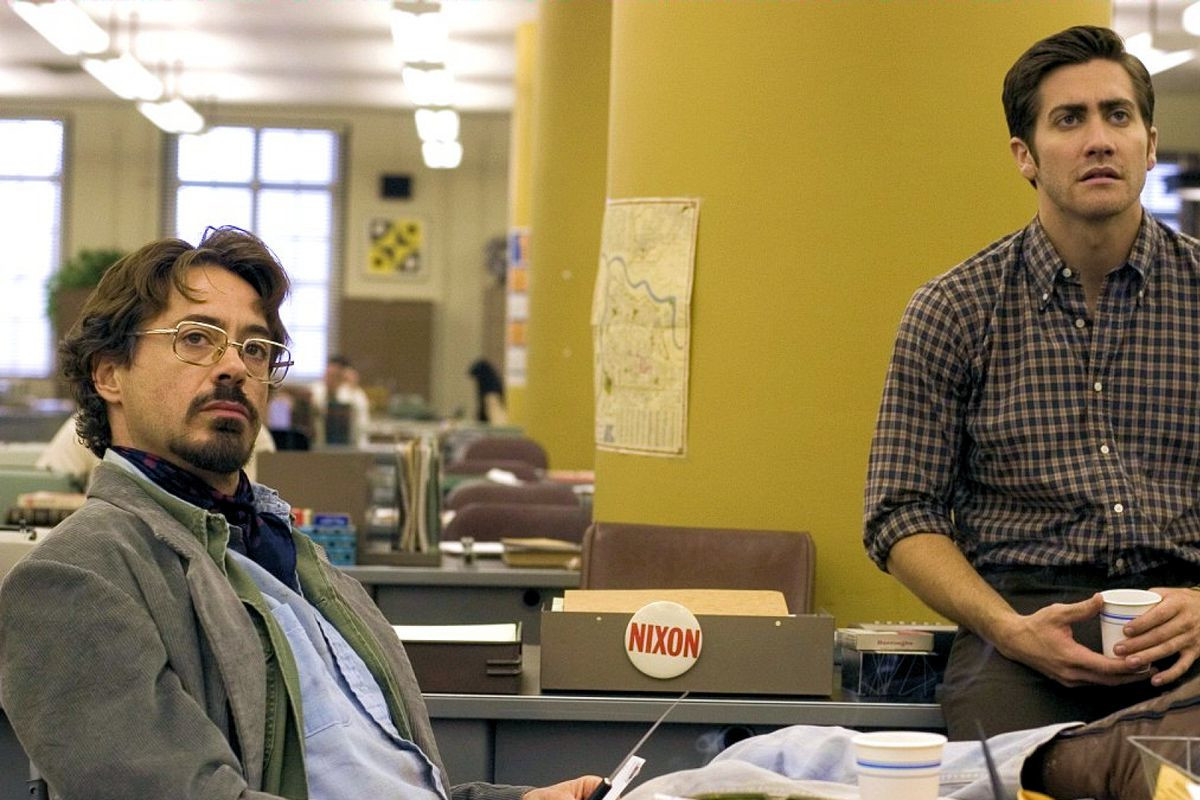
Fincher’s cinematography
We could gush about David Fincher’s cinematography for ages. Known for his dark, muted color palette, Fincher uses it to create a gritty, psychologically thrilling atmosphere, erasing any soft, “nice” feelings from his gripping thrillers. His earth-tone, the neutral palette also grounds the film in realism.
In Zodiac, the newsroom is particularly memorable, especially the scenes where Paul Avery’s (Robert Downey Jr.) mustard yellow vest matches the columns in the office, telling the audience he’s tied to his work.
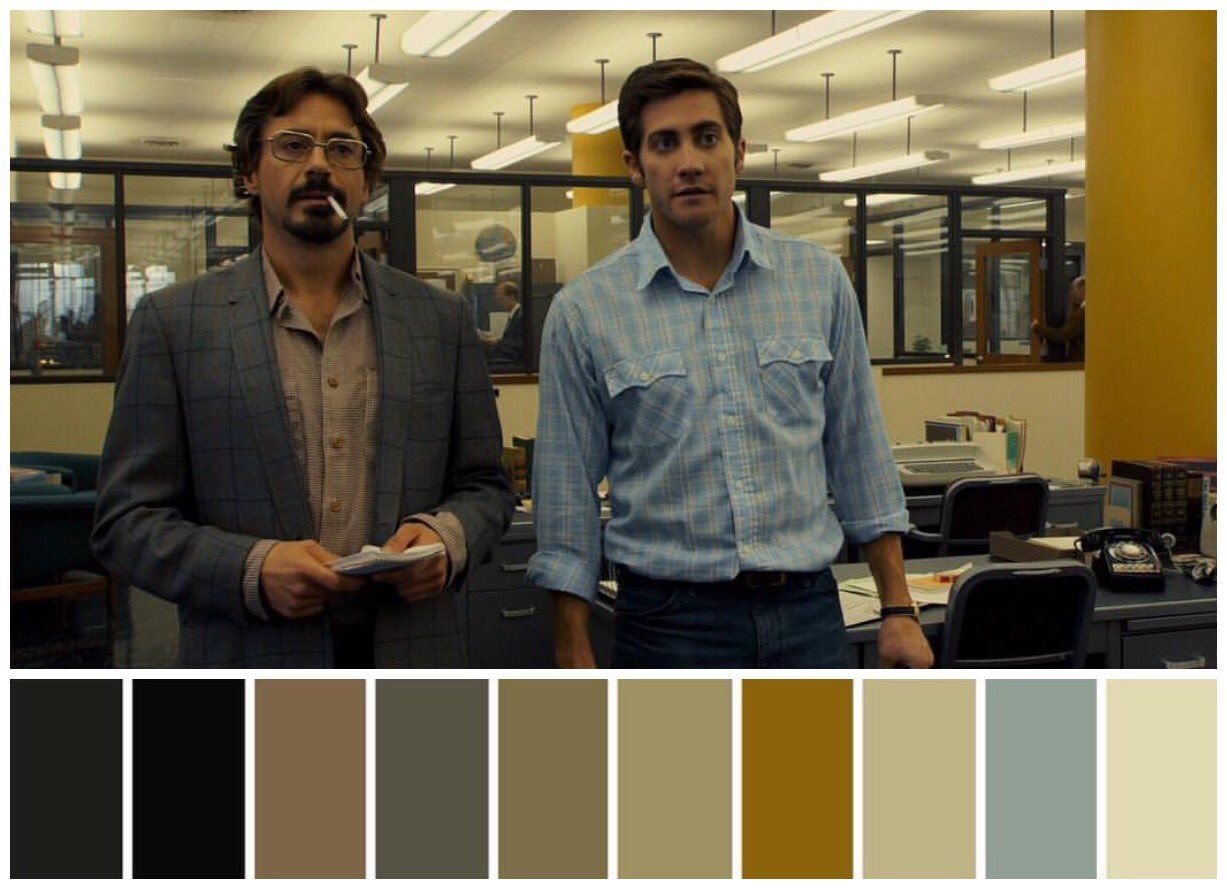
Fincher doesn’t just nail the cinematography with color. In Zodiac, shots are used to get close to the people and without saying a word, show what they’re going through. Fincher captures the unease on the Zodiac Killer’s victims’ faces before he appears to finish them off. He shoots the fatigued faces of reporters and detectives as they slog through the case.
A great example of Fincher’s cinematography is when Robert Graysmith (Jake Gyllenhaal) goes to follow a lead. He enters the house of a man he suspects to be Zodiac. Fincher does a great job of using shots to follow Graysmith’s perspective, mounting the increasing unease & fear Graysmith feels.
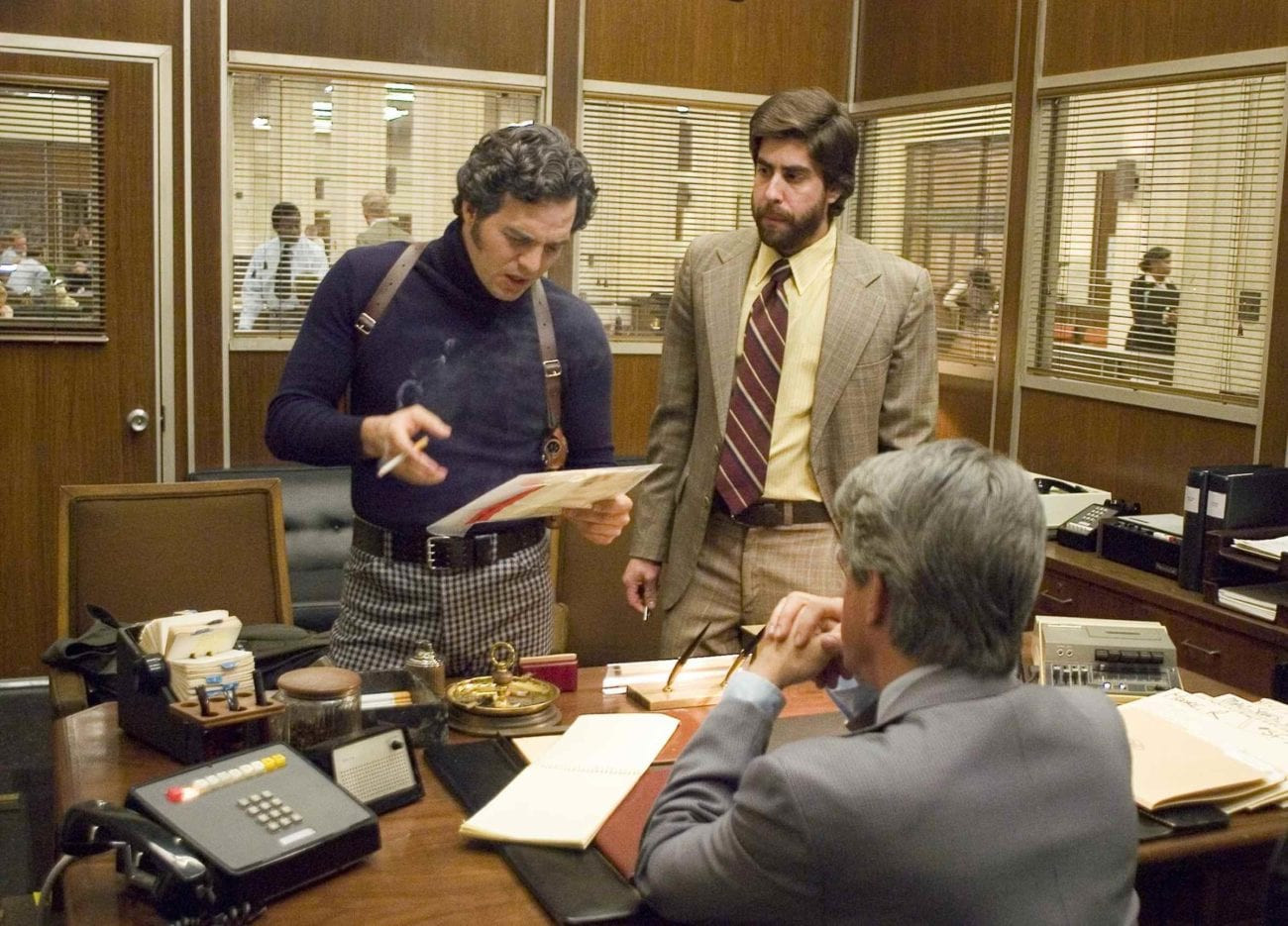
Recapturing 1960s San Francisco
The special effects team went to great lengths to recreate old San Francisco. They used models & CGI to recapture every image of the city while the Zodiac Killer was at large. From old newspaper photos to what the victims wore the nights they were killed, Fincher delves into every detail to bring the Zodiac Killer’s crimes to life.
Fincher also ripped his cinematography and dialogue straight from the Zodiac Killer’s survivors, police statements, and interviews from the journalists trying to track him down. For dialogue, he uses what they said. To convey their feelings to the audience, he lifts their descriptions from the records and communicates them visually.
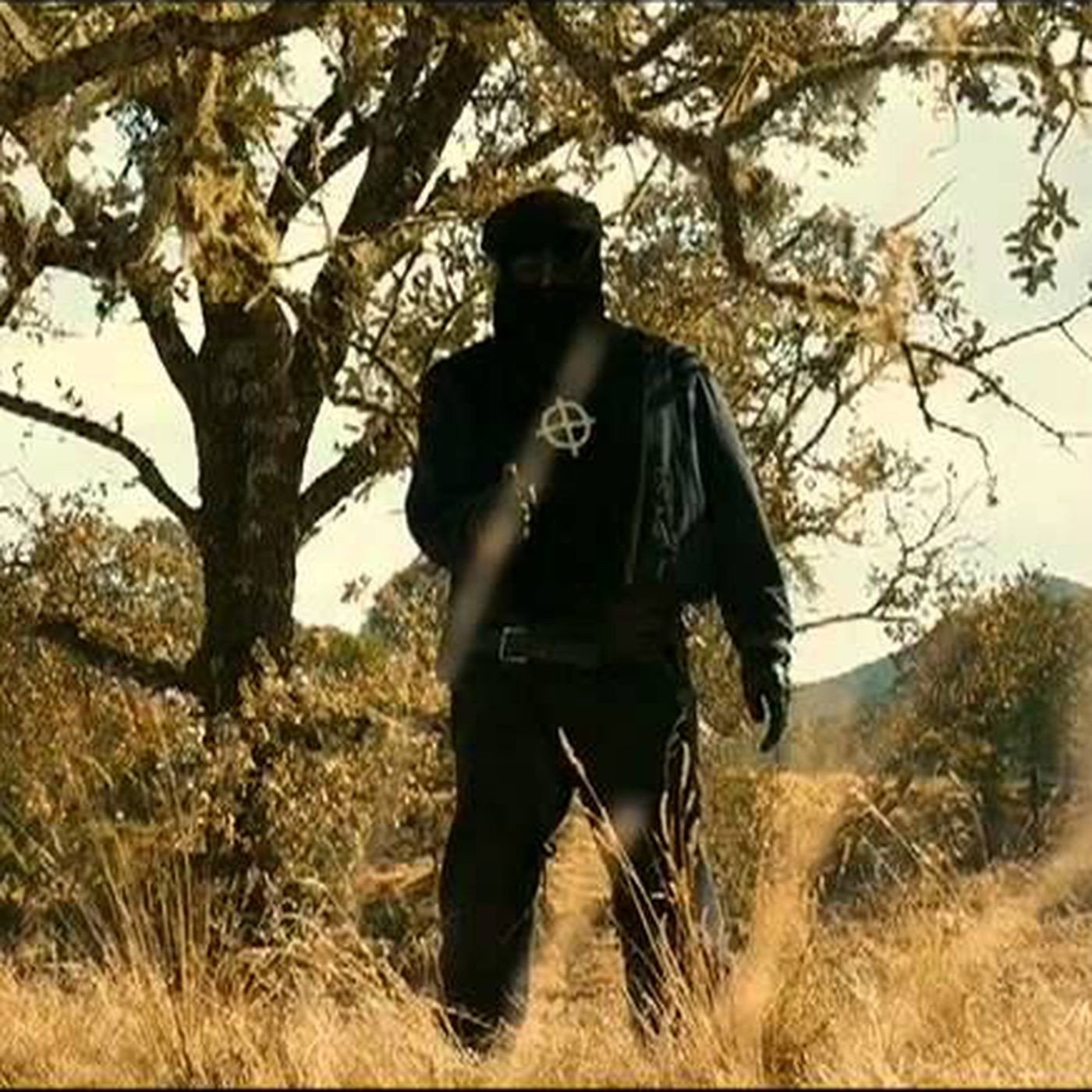
Extensive research
To make Zodiac the masterpiece it was, David Fincher did extensive research. Fincher even looked at unreleased police reports of the Zodiac Killer case to bring his shots to life. They did their own independent research, too, personally interviewing surviving police officers and the Zodiac Killer’s victims who made it out alive.
For one scene, Zodiac Killer survivor Bryan Hartnell accompanied the film crew to where the attack took place. He pointed out where his girlfriend Cecilia Shepard spotted the Zodiac Killer watching them from a peninsula on the lake.
To create suspense, Zodiac recreated the scene as Hartnell described it, using Shepard’s dialogue and slow, panning shots to increase the tension & unease the couple felt as the Zodiac killer inched closer & closer to them.
—
Whether you’re a film buff or a true crime stan, we highly recommend giving Zodiac a watch.



